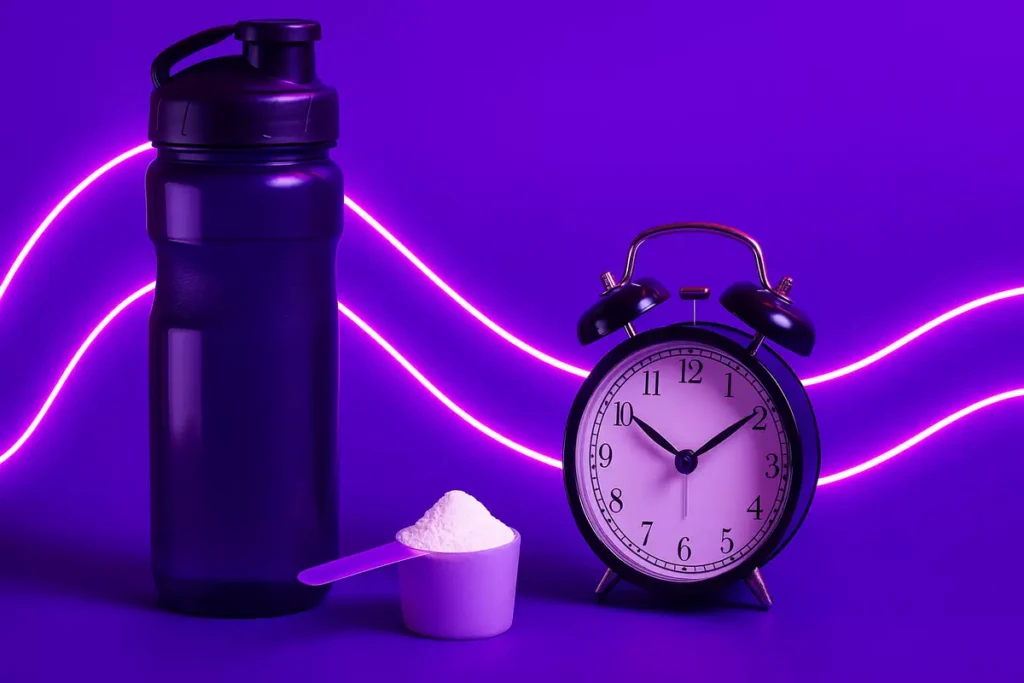Cyclists know the pain—the burning legs, the fading power, the final sprint that feels just out of reach.
What if you could push harder, climb faster, and hold your pace without hitting that wall so soon?
Beta-alanine is more than just another supplement—it’s a proven endurance booster trusted by pros and backed by science.
As a fitness trainer and cyclist, I’ve seen firsthand how it transforms performance on the road. Let’s break down why it works.
Table of contents
Quick Answer
If you’re a cyclist looking to push harder for longer, beta-alanine might be the supplement you’ve been missing.
As a pro fitness trainer who has personally used it, I can tell you it genuinely helps delay muscle fatigue and boost endurance—especially during high-intensity rides like hill climbs or sprints.
In my own training, I noticed I could maintain higher power for longer without my legs screaming at me. It’s one of the reasons I often recommend beta-alanine to my cycling clients.
How Beta-Alanine Works

Beta-alanine is a non-essential amino acid that increases your muscle’s carnosine levels.
Carnosine acts like a buffer against the acid buildup that causes the “burn” in your legs during intense efforts. For cyclists, that means more time riding hard before fatigue kicks in.
If you want a deeper breakdown of the science, check out my detailed guide on how beta-alanine boosts workout performance.
Benefits for Cyclists
From my own rides and coaching experience, beta-alanine delivers results you can feel:
- Improved Sprint Power – I used it during a training block with steep climbs and short sprints. On one 12-minute uphill segment, I cut my time from 13:10 to 12:32, holding stronger output all the way to the top.
- Better High-Intensity Performance – One of my clients, Daniel from Spain, was prepping for a criterium. Within a month of consistent use, he reported stronger finishing sprints without dropping speed.
- Reduced Fatigue on Long Rides – Mei from Singapore told me she could train hard two days in a row with less soreness, making her recovery days feel more productive.
For more benefits, see my full guide on beta-alanine for muscle endurance.
Dosage & Timing

The sweet spot for most cyclists is 3.2–4 g daily, split into smaller doses to reduce side effects.
I personally take one half in the morning and one after training. This approach keeps me energized without overloading my system at once.
Don’t expect overnight magic—beta-alanine works best when you take it daily for at least 3–4 weeks to let carnosine levels build up.
Cyclists who want to compare options can check my beta-alanine vs. citrulline malate breakdown to see which fits their goals better.
Possible Side Effects
The main side effect is a tingling sensation (paresthesia), usually in the face and hands.
I experienced this during my first week, but splitting the dose into two or three smaller servings made it almost unnoticeable.
If tingles bother you, read my guide on how to stop beta-alanine tingles.
For a full list of potential issues, see my beta-alanine side effects guide.
Who Should Use It

Beta-alanine shines in short, high-intensity events like criterium races, time trials under 10 minutes, and aggressive hill climbs.
If your rides often push you into the red zone, you’ll likely feel the benefits.
It’s also effective for other sports. You can see how it compares for strength athletes in my article on beta-alanine for weightlifters.
Conclusion
From my perspective as a trainer and cyclist, beta-alanine is a solid tool for improving high-intensity cycling performance.
It won’t replace smart training or good nutrition, but it can help you push past that point where your legs want to quit.
Be patient, stay consistent, and you might just find yourself powering past the riders you used to chase.
If you’re thinking long-term, here’s my take on whether beta-alanine is safe for extended use.



Leave a Reply